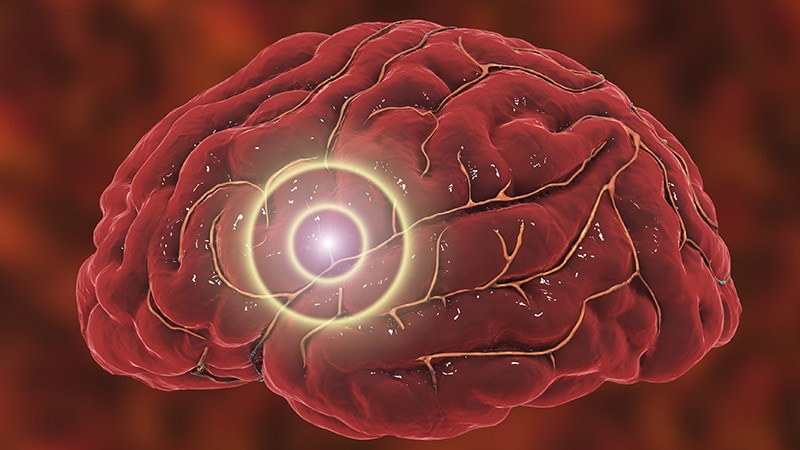TOPLINE:
Age-standardized stroke rates decreased in the United States between 1990 and 2019, while absolute stroke incidence, prevalence, mortality, and disability-adjusted life years (DALYs) rates increased, a new study showed. Investigators noted the findings, which also show a significant increase in hemorrhagic stroke and an uptick in stroke among adults under 50 years in the South and Midwest, suggesting a significant shift in the US stroke burden.
METHODOLOGY:
- This in-depth, cross-sectional analysis of the 2019 Global Burden of Disease study included data on all-cause and ischemic strokes, intracerebral hemorrhages (ICHs), and subarachnoid hemorrhages (SAHs) between 1990 and 2019 in the United States.
- Researchers focused on both overall and age-standardized estimates, stroke incidence, prevalence, mortality, and DALYs per 100,000 people.
TAKEAWAY:
- In 2019, the United States recorded 7.09 million prevalent strokes, 83% of which were ischemic and 57% of which occurred in women.
- The absolute numbers of stroke cases, mortality, and DALYs increased from 1990 to 2019, but the age-standardized rates either declined or remained steady.
- Overall incidence increased by 40% for ICH, 51% for SAH, and 13% for ischemic stroke, and stroke mortality increased by 56% for ICH, 72% for SAH, and 5.4% for ischemic stroke.
- Age-adjusted analyses showed the results were not uniform across all geographical areas, with older adults (ages, 50-74 years) experiencing decreased incidence in coastal areas and younger individuals (ages, 15-49 years) experiencing an uptick in the South and Midwest United States.
IN PRACTICE:
“As the country prepares for an imminent swell in the aging population, coupled with a noticeable plateau in advancements against stroke mortality, it becomes evident that future directions must focus on a multipronged strategy,” the authors wrote. “This involves both embracing precision medicine’s potential and fortifying widespread public health campaigns.”
SOURCE:
Kevin N. Sheth, MD, of the Yale Center for Brain and Mind Health, Yale School of Medicine, New Haven, Connecticut, was the senior and corresponding author of the study. It was published online on March 4 in JAMA Neurology.
LIMITATIONS:
The accuracy of stroke ascertainment was limited by the data source, which may be prone to misclassification. The data lacked detailed information on race, ethnicity, and stroke characteristics other than stroke type.
DISCLOSURES:
This work was funded by the Bill and Melinda Gates Foundation, the American Heart Association Medical Student Research Fellowship, grants from the National Institutes of Health, the American Heart Association, the Yale Pepper Scholar Award, and the Neurocritical Care Society Research fellowship. Sheth reported receiving grants from the National Institutes of Health, American Heart Association, and Hyperfine; personal fees/monitoring board fees/equity from Astrocyte, CSL Behring, Zoll, Sense, Bexorg, Rhaeos, and Alva and having a patent for Alva licensed. The other authors’ disclosures are listed in the original paper.
Source link : https://www.medscape.com/viewarticle/hemorrhagic-stroke-key-driver-spike-us-stroke-rates-2024a10005o9?src=rss
Author :
Publish date : 2024-03-26 08:56:14
Copyright for syndicated content belongs to the linked Source.
